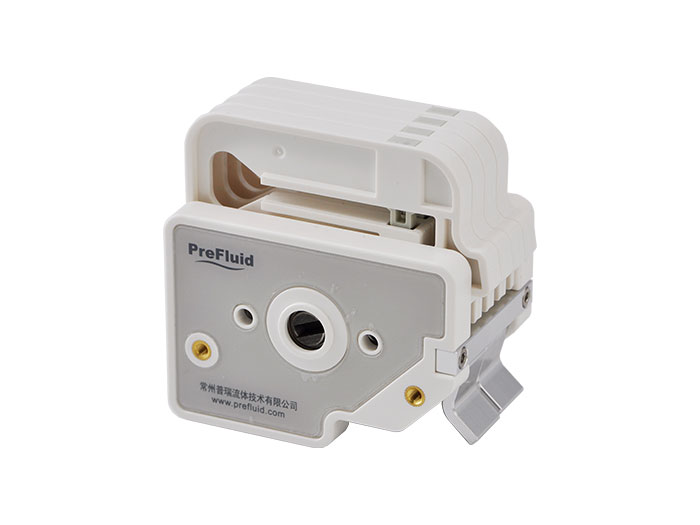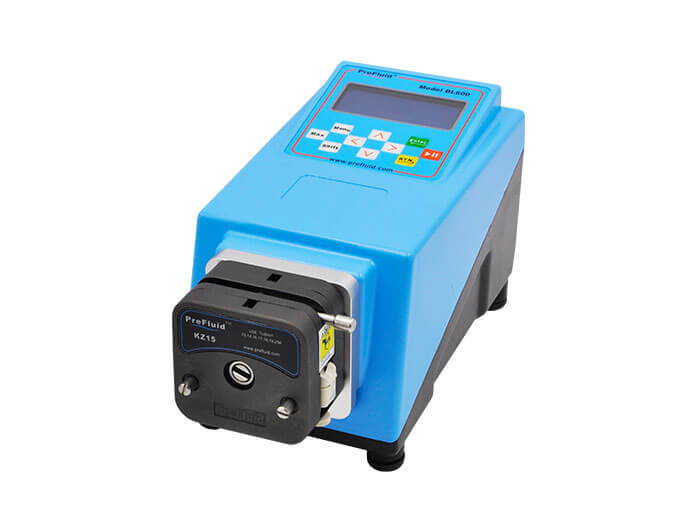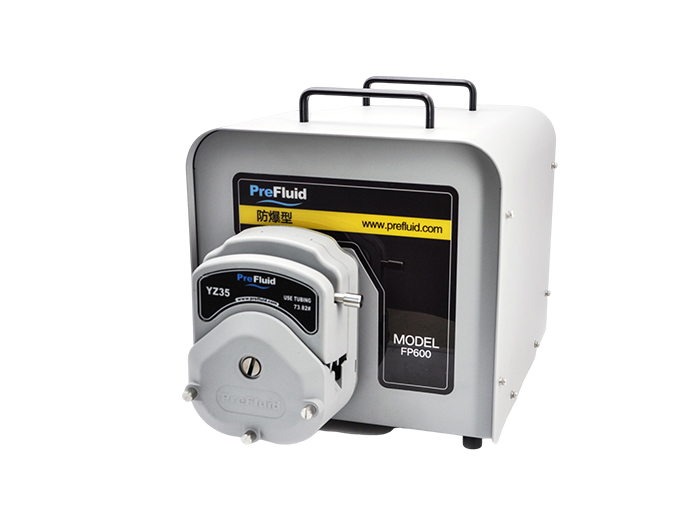Peristaltic pump is a common positive pressure conveying equipment, which is widely used in various fields such as chemical industry, medicine and food. It is highly concerned by users because of its unique working principle and excellent performance. However, just like any other technology product, peristaltic pumps have their own advantages and disadvantages. This article will delve into the advantages and disadvantages of peristaltic pumps to help readers better choose the equipment that suits their needs.
One of the advantages of peristaltic pumps is their excellent accuracy and tunability. This type of pump is known for its good flow control characteristics, in industrial processes, can precisely control the amount of media delivered. This makes peristaltic pumps widely used in applications that require accurate measurement, such as pharmaceutical preparation and pharmaceutical production. In addition, the peristaltic pump also has excellent pressure stability, which can stably transport media to long distance or high pressure scenarios.
Secondly, peristaltic pumps perform well when dealing with high viscosity media. Due to the particularity of its working principle, peristaltic pump is suitable for conveying a variety of viscous media, including sludge, slurry and high concentration suspension. Compared with other types of pumps, peristaltic pumps can effectively handle these viscous materials, avoid clogging and pump resistance problems, and improve production efficiency.
In addition to the above advantages, the peristaltic pump also has a strong self-priming capacity and no leakage. The structural design of the peristaltic pump allows it to achieve self-priming without external force, which is very advantageous for some scenarios that need to deal with volatile or toxic media. At the same time, the sealing of the peristaltic pump is very good, and there is almost no risk of leakage, thus ensuring the safety and environmental friendliness of the production process.
However, peristaltic pumps also have some shortcomings. The first is its relatively high cost. Compared with other types of pumps, the price of peristaltic pumps is higher. This is mainly because the production process of peristaltic pumps is relatively complex, and the materials and components used are also high in cost. Therefore, when choosing a peristaltic pump, users need to carefully weigh the balance between its performance advantages and costs.
In addition, peristaltic pumps may present some challenges when dealing with media with large particles. Since the working principle of peristaltic pump is to achieve the delivery by compressing and releasing the hose, when there are large particles in the medium, the hose is vulnerable to wear and damage. Therefore, when dealing with media with larger particles, additional pretreatment measures may need to be taken or other types of pumps may be selected.
In short, peristaltic pumps play an important role in industrial applications because of their precise flow control, adaptability to high-viscosity media, self-priming ability and no leakage. However, users also need to consider their relatively high cost and suitability for large particle media when choosing a peristaltic pump. By understanding the advantages and disadvantages of peristaltic pumps, readers will be able to more fully evaluate their suitability and make an informed choice.


